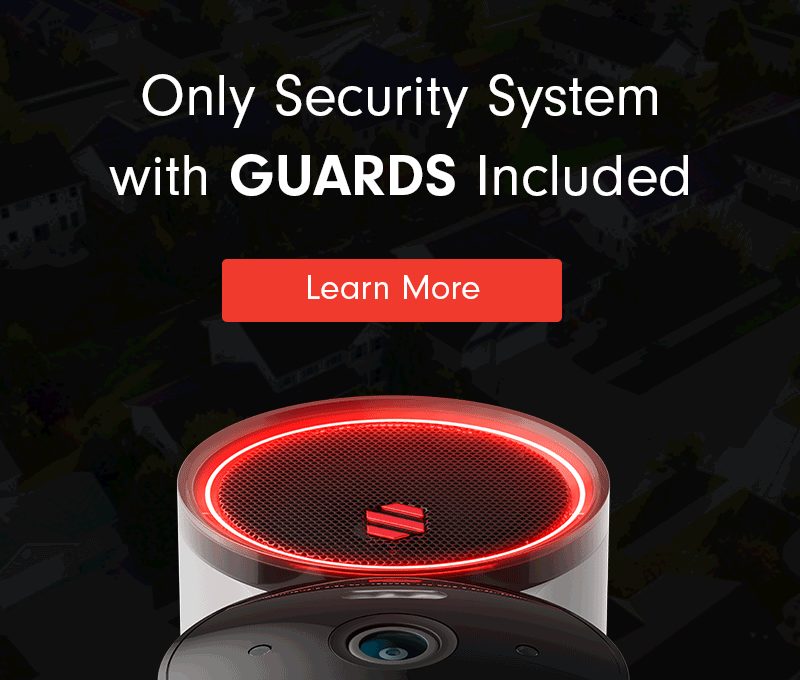Emergency Preparedness With SWAT Team Operator & Active Shooter Expert
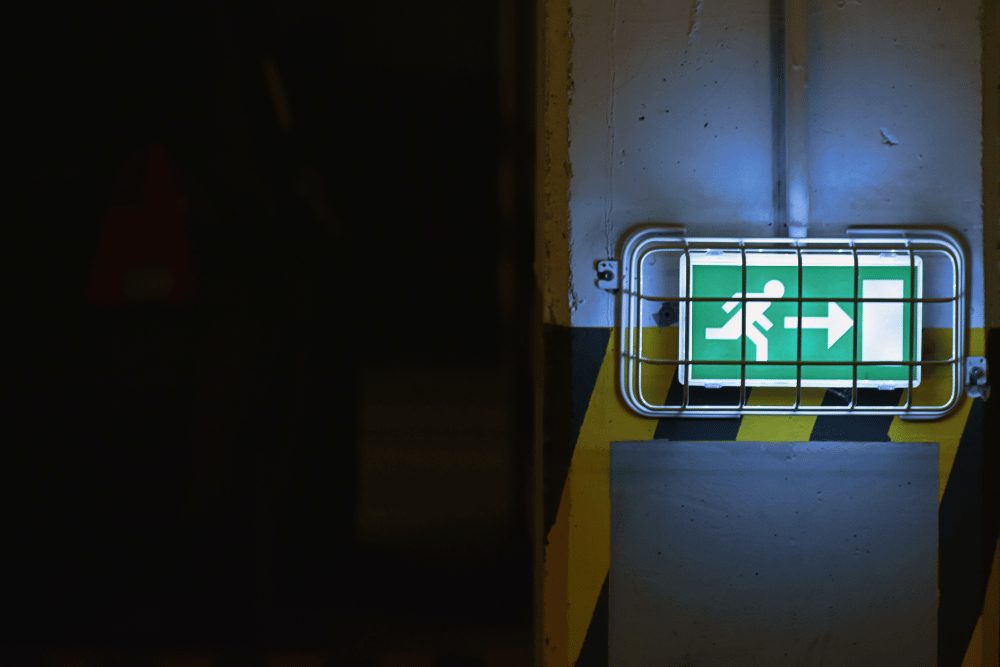
Tom is a father of six and is married to a former high school English teacher. He started Armoured One in 2012 after the attack on Sandy Hook Elementary School, when he realized he could not protect his own family all the time, even as a SWAT operator. He put together the best active shooter experts he could find from SWAT Team members, elite military personnel, federal agents, and school teachers to ensure he was creating a company that could do the job right. Tom and his team at Armoured One have responded to and investigated more than 50 school shootings in America since 2012. Some of those shootings include Sandy Hook, Parkland, Santa Fe, and Uvalde.
We sat down with Tom to get his perspective on emergency preparedness and how schools, businesses, and homeowners can keep themselves safe.

Tom Czyz is a retired SWAT Team Operator, Police Academy Instructor, NYS DCJS Firearms Instructor, Rifle Instructor, Less Lethal Instructor, Active Shooter Instructor, DARE I&II Instructor Certified, Instructor Development Certified, Police Crime Scene and Evidence Specialist Course Certified, and Chemical Munitions Instructor. His company Armoured One provides active shooter training and security assessments, as well as selling bullet-resistant glass and security film for windows and doors. The team at Armoured One includes experts from relevant fields, including the FBI, Secret Service, Homeland Security, Navy Seals, and Delta Force.
Deep Sentinel: Who do you primarily do trainings with?
Tom Czyz: When we come in and train for an active shooter, we train staff. We have awareness videos for kids, but on active shooters at schools, about 80% of the time, it’s a student or former student. In residential or even business security, [training students would be like] training a burglar how to break into your building. You’d go and take him around and show him exactly what you have for security, what you’re going to do if he breaks in, and then say, “but please don’t break in.”
So that’s why we train all staff, because we’ve had bus drivers save lives. We’ve had custodians save lives. We’ve had teachers save lives. So everyone needs to be trained on what to do during an active shooter.
DS: What are the critical components of an active shooter readiness plan?
Tom: They call it an “emergency preparedness plan.” The key components are pointing out what people need to do and telling them what needs to be done.
We utilize the study of active shooters, which means that we’ve studied shootings since 1970, but a deep dive into every single school shooting from 1985 until today. How does the attacker get into the building? What is he doing? How does he kill? How did people survive the most? And then we create the plans based on survivability. Almost like a cancer doctor studying over and over again how they defeated cancer.
When you’re breaking down the preparedness plan, it’s got to involve law enforcement, first responders, fire, EMS, paramedics, the hospitals. They need to be quickly notified about getting surgeons and incredible teams there to save lives.
Then, if you’re looking at your school or your business, it would be having “stop the bleed” tips. Where you would be going during the shooting to get away from the attacker, and your survivability in going to those areas. If an attacker is inside your building and you have an active shooter inside, your survivability goes up over 99% when you get outside the building, yet people are scared to get out of a building. We get told, you know, “I’m on the second floor. If I jump out, I’ll break my legs.” The question: is a broken leg better than being shot?
And we go back to the Virginia Tech shooting, where the attacker had chained the doors and people actually couldn’t get out of the one classroom where no one was injured or killed. They were able to barricade the door and then jump out of the windows. And I think the worst they had was a broken ankle. It might have even been only a sprained ankle. But everyone else up there was either shot or killed as he made his way room to room.
So, having these plans of letting people know what they can do. Then, as a business or as a school district is laying out how police need to respond, making sure that your police are up to date on active shooter response. If there’s an active shooter or someone trying to actively kill inside your building, they confront the shooter because a bullet at a cop is a bullet that’s not at a victim. They signed up for it. Your job is to go in and defend them at all costs and confront the shooter. Accountability mainly falls on the police, but also falls on the school for saying, are you where you need to be? We know the national standard is running in. How are you doing that?
We promote the FBI’s “run, hide, fight” program. Our program just dives a lot deeper into how you do each one of those.
People in businesses do not do any training at all. Secret Service and the FBI offer free training videos, all sorts of free stuff that they can do. But where is a good place to go? Or how do you get out quickly? Do you have secondary exits that you’re able to escape from?
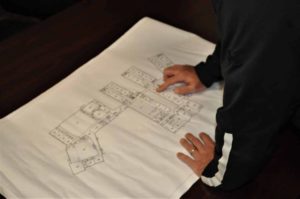
DS: If you could give one piece of advice in terms of shooter preparedness, what would it be?
Tom: I guess the number one, if I could get through, would be to have a plan. That’s the big thing. And this could be for anyone reading this. You’re at a store, and you’re shopping, and you hear gunshots. You should have a plan as you walk in. It’s literally a split second of recognizing where your exits are, looking up, and looking for the exit signs.
Knowing that when you’re in the mall and you hear gunshots in the hallway, when you run into a store, fire code mandates that there has to be a way out. There are exits out of the backs of these stores. You’re able to get out and get away from where the main part of the shooter is, compared to trying to get past them, to get out of the store, or hiding and just waiting.
So having a plan, no matter where you are or what you’re doing, what are you going to do? It’s the old idea of John Wayne. He would sit with his back to the wall, face the door all the time, and see who’s coming and be able to have a plan to deal with that threat or that issue.
We see it less and less with the more technology we have. You’ll see people’s faces down in their phones constantly. If they picked their heads up, they would see the threat coming and be able to react a lot quicker.
“Situational awareness” is what they call it. Knowing what’s going on around you is almost like driving a car. You’re looking in your mirrors, you’re looking in front of you, and you’re paying attention to what’s going on around you. That’s how your head should be when you’re in public.
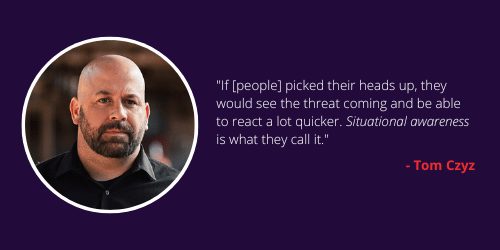
DS: What is the biggest flaw that you see in other emergency preparedness plans?
Tom: I would say the biggest flaw is that they didn’t invest in it. And I don’t mean financially, but I mean they didn’t invest their time and their research into it.
Someone has created a plan and they implement it. They never hold trainings. They never review with their staff. They sometimes never even review it themselves. So now it’s our operating procedure, but they’ve never even read it. That original document could be terrible, or it could be 25 years old and outdated and no good.
You could have experts in physical security. You could have experts in police work. You could have experts in self-protection. You tie them together and you work through the plan of what works best for where you’re at and what you’re doing.
Then, when you’re onboarding people, and even yearly, having a review. It doesn’t need to be hours and hours. It could be, here is our standard emergency response protocol to someone having a heart attack, someone shooting at the building, and people will know what to do. That’s what will save lives. You’d be amazed at how much people lack doing this in their businesses and in their schools. People just don’t know what to do. They haven’t been in those terrible situations. So they freeze.
DS: When you say to run through it, a yearly review or onboarding, what does that entail?
Tom: A lot of the bigger businesses are using online platforms to create classes. They’ll create their own courses and record them and have it so that any staff member can jump in and review. And I, as a director or manager, can see that my team went through it.
You could do it that way, or you could do it in person and have whoever you’ve deemed as your expert at your business. And it doesn’t mean they’re a true subject matter expert, but you might have former military. You might have former law enforcement, fire, first responders, someone who’s been in high-stress situations and worked through that stress. You have them lead the team. They can stand in front of a room and go over the highlights.
Same goes for the schools. The teachers should be doing this at their faculty meeting every month. They could start out the first five minutes with safety and security and hit different topics.
These are very high priority, but you can make them very quick. For my company, we have monthly staff meetings, and we will go over a safety or security topic there. It’s just five minutes at the beginning of your meeting that we cover a different topic every month.
DS: Is there anything you want to share about how the company was started, where it’s gone, or where it’s going?
Tom: We were started in central New York, up in Syracuse. And really, the idea was to secure the schools around there. We never thought we would be nationwide. And not only do we sell in the U.S., we’re now in Mexico and Canada selling as well. We’re partnered with multi-billion dollar companies.
We do active shooter training. We do security assessments for physical vulnerabilities on the buildings. This is government, but mainly schools. I would say 80% of our business is primarily kindergarten through 12th grade across the U.S. And then we invented and created glass. That’s a bullet-resistant glass, made to stop or slow down a bad guy.
We started that out of a need, because of Sandy Hook in 2012. When that shooting happened, 26 people were killed. Twenty of them were first-graders, six of them were adults, and it happened in two and a half minutes. He came to the front door was locked. He shot the glass next to the front door, which was five feet wide by 10 feet tall. And he broke that glass and was able to walk right into the building and, in two and a half minutes, create that much destruction and death.
Bulletproof glass does not exist. But there is really good glass that we had seen in police vehicles, things like that, but it’s way too expensive for schools to afford. So we just started buying and grabbing all these products and trying to figure out what they were doing. And we invented and created some new stuff that has been used not only by them but Fortune 100 companies in the world. Even “top 10” companies are buying and utilizing our glass because it’s the strongest, most affordable solution for slowing down or stopping a bad guy.
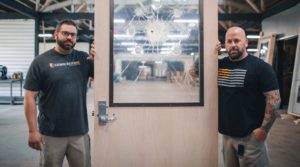
DS: So, Armoured One sells bullet-resistant glass and security film. What other safety products do you recommend?
Tom: We, of course, are experts in glass, glass doors, and locks that are tested to the Shooter Attack standard. That’s an actual test. There’s a company called FILTI that tests doors, locks. I think they even now hit brick walls and sheetrock. They shoot it 10 times with an AR-15, and then they hit it. If you’re looking to protect from things like that, this is where you step up that testing. And it really isn’t crazy expensive.
Masonite doors, on the commercial side. You can buy a wood-finished Masonite door, gorgeous door. The bad guy probably would never even know, but that door can handle being shot. And even if every bullet goes through, it’s then hit with a 100-pound ram at measurable amounts of force. Our SWAT teams are using 30-pound rams, so you’re going more than three times the weight of a SWAT ram, and the door is staying locked. It’s staying shut. The glass is staying in place. The frame and the hinges are staying. You think about someone coming and trying to get in your conference rooms, your offices. You try to kick these doors, and you’re breaking your leg or tearing your hamstring, and you could be even shooting it at the same time.
I’m also a huge advocate of lockdown buttons for notification systems. When you hit the lockdown button, it’s notifying your staff and putting out notifications. There are blue light systems that, when the blue lights are going off, we are in lockdown. That means someone’s there to hurt, kill, or destroy. It should be calling 9-1-1. It should be sending out mass text messages to your staff, and if you’re a school, to your entire school district. Even school smart boards would turn red and say lockdown.
That same would go for the business, that this lockdown system needs to do that. And if you have any electronic access control into buildings, that gets shut down. An announcement over the PA system saying that we’re in lockdown. These are all really key, crucial roles for saving lives during these attacks.
DS: Any other solutions that are worth mentioning? Anything that’s relevant for a homeowner?
Tom: The goal of whatever product you’re putting in: even at your house, it’s a product that should slow down the bad guy and speed up police response. So if your house is being broken into, you would have alarm indicators that are going to notify you if you’re home. Or, of course, notify the police if you’re home or not home.
You should always be looking at products: Does this speed up police response and notify the occupants what’s going on or does it slow down the bad guy? Typically, that will be a good purchase.
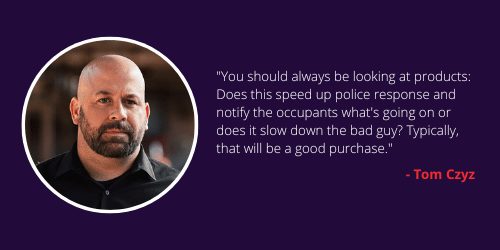
Just be careful, because we call it security theater. After major attacks, companies pop up out of the woodwork or they sell straight garbage, and they’re snake oil. It’s not good product. It’s not proven to save lives. And they waste money. Bulletproof doesn’t exist. This is the straight nonsense that’s out there.
So be careful of snake oil and think of your products as: does this speed up the first responders to come and give me help? And does it slow down the attacker? That is typically a good purchase for you.
Deep Sentinel’s proprietary AI and live guard surveillance service work together to detect crime, intervene, and quickly contact the authorities with confirmed crimes-in-progress. Homeowners and businesses can trust the advanced wireless and PoE camera systems to be an extra layer of protection in their security and emergency preparedness plans.
Need a Solution that Prevents Crime?
Deep Sentinel is the only security technology that delivers the experience of a personal guard on every customer’s home and business. Visit deepsentinel.com or call 833-983-6006

